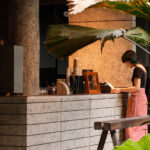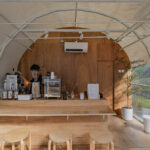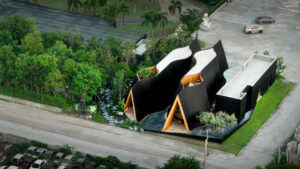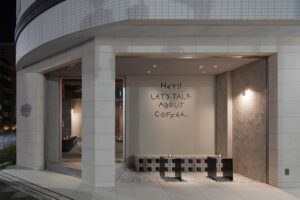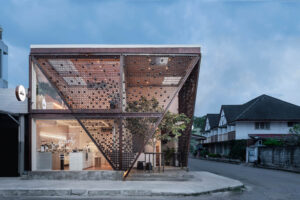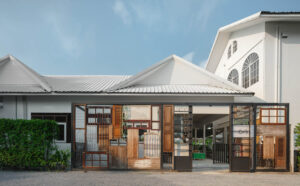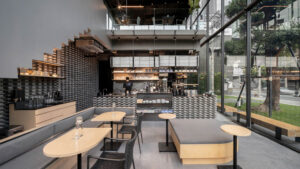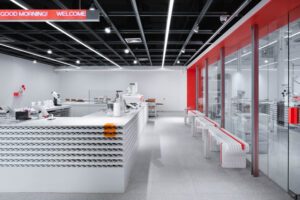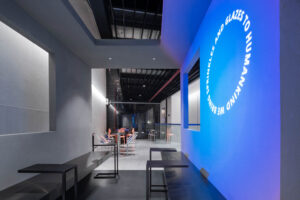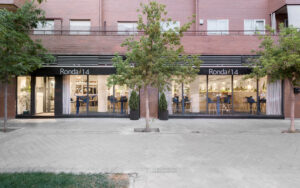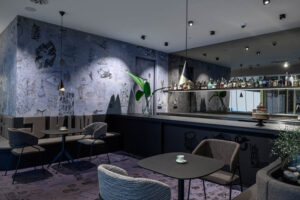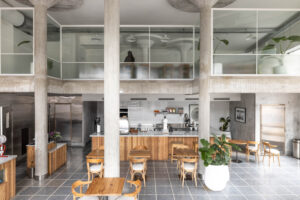Sustainability and Coffee: Insights from EcoBarista’s Brand and Marketing Strategist
One thing I would like to do at bestcafedesigns.com is broaden the topics investigated that interest our general audience of designers / cafe operators / baristas / travellers and coffee lovers. I’m personally interested in how sustainability is integrated into the general coffee drinking experience. I got in touch with EcoBarista’s Brand and Marketing Strategist, Sara Prescott and asked her to explain a few things about their operations.
To explore cafes worldwide see bestcafedesigns.com, a top 100 architecture blog and a global directory of cafes and cafe professionals
ORIGIN & MISSION
Can you share the story behind the founding of EcoBarista? What inspired the creation of your company?
EcoBarista started in 2012 after Zac, our founder, saw there was a real gap for sustainable packaging options for cafes. He saw the specialty coffee scene in Brisbane especially was moving ahead in leaps and bounds, but there wasn’t much in the way of packaging that helped to support their sustainability goals. Zac began reaching out to coffee roasters independently to see if he could help them with their packaging needs, packaging that especially prioritised compostable and recyclable end of life solutions.
Today, we service cafes and roasters all over Australia, New Zealand and beyond with sustainable packaging made especially for coffee, including cups and bags. We offer custom printed products as well as our off-the-shelf stock range.
What is the core mission or vision that drives ecobarista.com.au in the coffee industry?
EcoBarista is about reimagining packaging for a better coffee industry. We do this by creating solutions that are planet-friendly, coffee-friendly and planet-friendly. We’re coffee people which means we’re able to understand what our customers want and need when it comes to how they package the specialty coffee they source and roast.
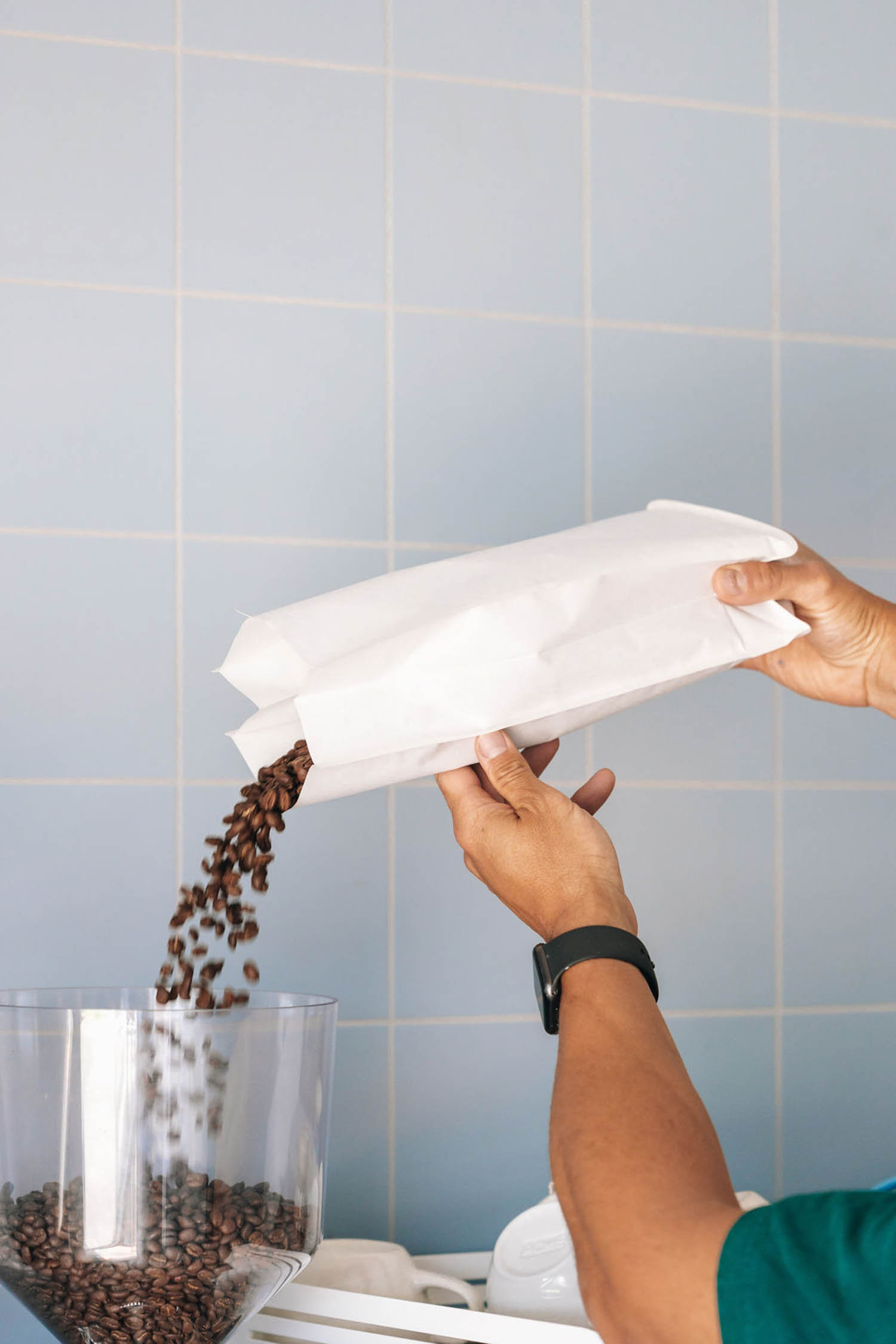
Sustainability Focus:
How does EcoBarista prioritize sustainability within its operations and product offerings?
Sustainability has been our focus from the very beginning and it really influences the way we design and create our products. Our products are designed with end of life in mind, which means we offer compostable and recyclable offerings. We believe in third party certification with ABA and ARL to ensure our product sustainability claims are tested and backed by a verified body. We talk a lot about how there is not a universal ‘most sustainable packaging option’ but more than what’s the best option for you as a cafe or roaster depends on where you’re situated and the type of customer you have. For example, some geographical areas may have really high home composting rates, which means a home compostable bag will be great for a cafe in that area. But for others, a recyclable bag will be a better option.
As a business, we’ve recently become a BCorp which we see as a really important statement about the way we run as a business. We operate as a remote team which reduces our carbon emissions and we offset a portion of our emissions through Carbon Neutral Initiative. We’re on a journey in this space to becoming the most sustainable business we can be.
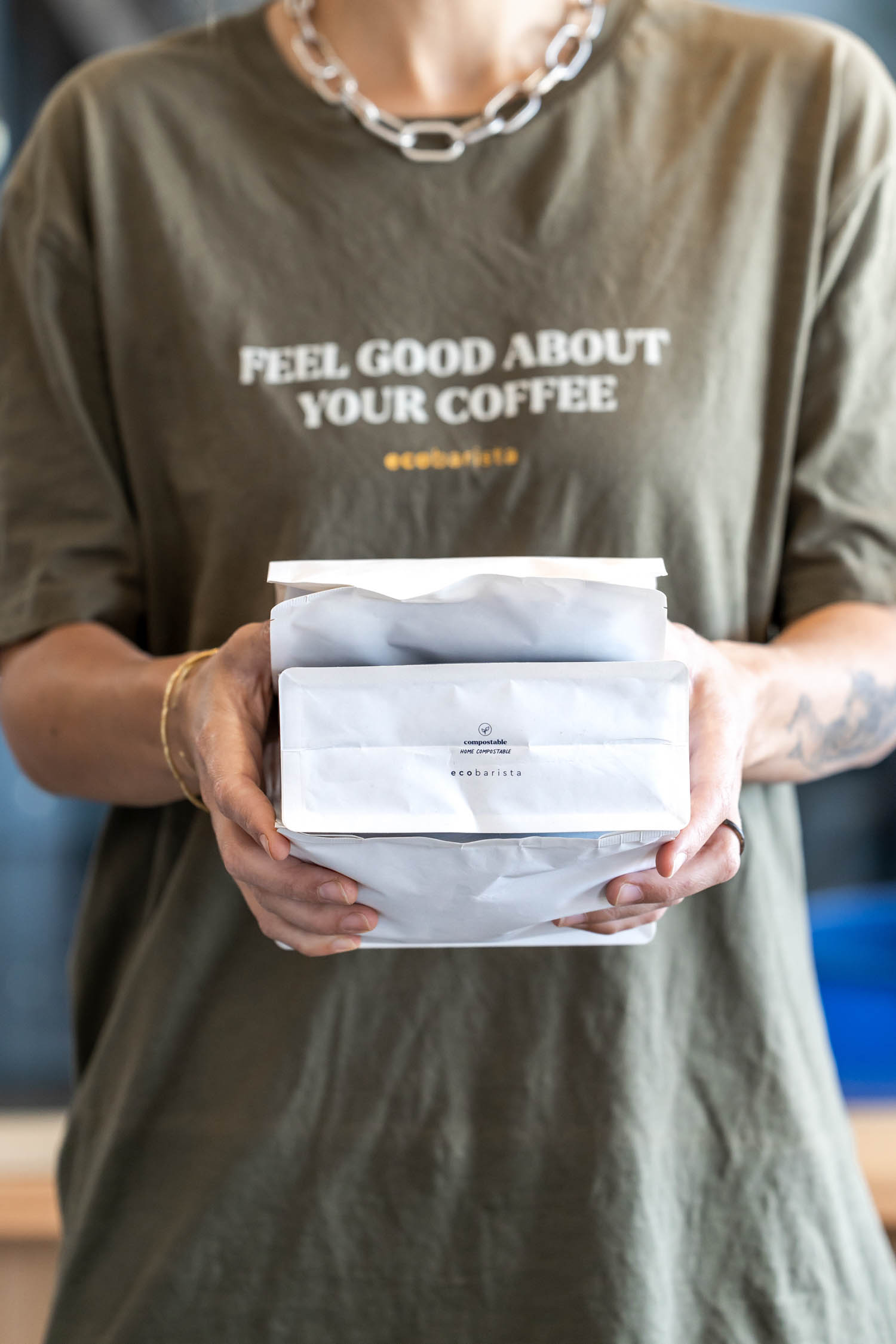
Circular Design Approach:
Could you explain how ecobarista.com.au incorporates circular design principles into its business model?
All of our packaging is designed to have the most circular end of life possible. Our cups and bags are either recyclable or compostable. This means we start at the end when we are designing products – firstly thinking about how the product will be disposed of once it’s been used by the end consumer, and how we can make sure that product is either reused, recycled, returned to the earth or repurposed for something else. While our aim is to divert waste from landfill by offering packaging that’s able to be composted or recycled, we want to make sure that if it does end up in landfill, it will break down faster than other packaging options.
Packaging Design Process and Considerations:
What considerations go into the design of your packaging, particularly in terms of sustainability and eco-friendliness?
Materials are everything when it comes to designing packaging that’s friendlier to the environment. And when you’re making packaging for coffee, it also needs to keep beans fresh which means that the type of barrier the bag has is important. Balancing sustainability with coffee freshness can be difficult but it’s something we’re focused on. We’re really proud of our home compostable bag that we developed which has a high barrier for coffee protection but is also made to completely decompose in a home compost environment.
We’ve spent time refining our products to ensure our recyclable bags use less types of materials. By using one material to make a bag, it’s more likely to be recycled.
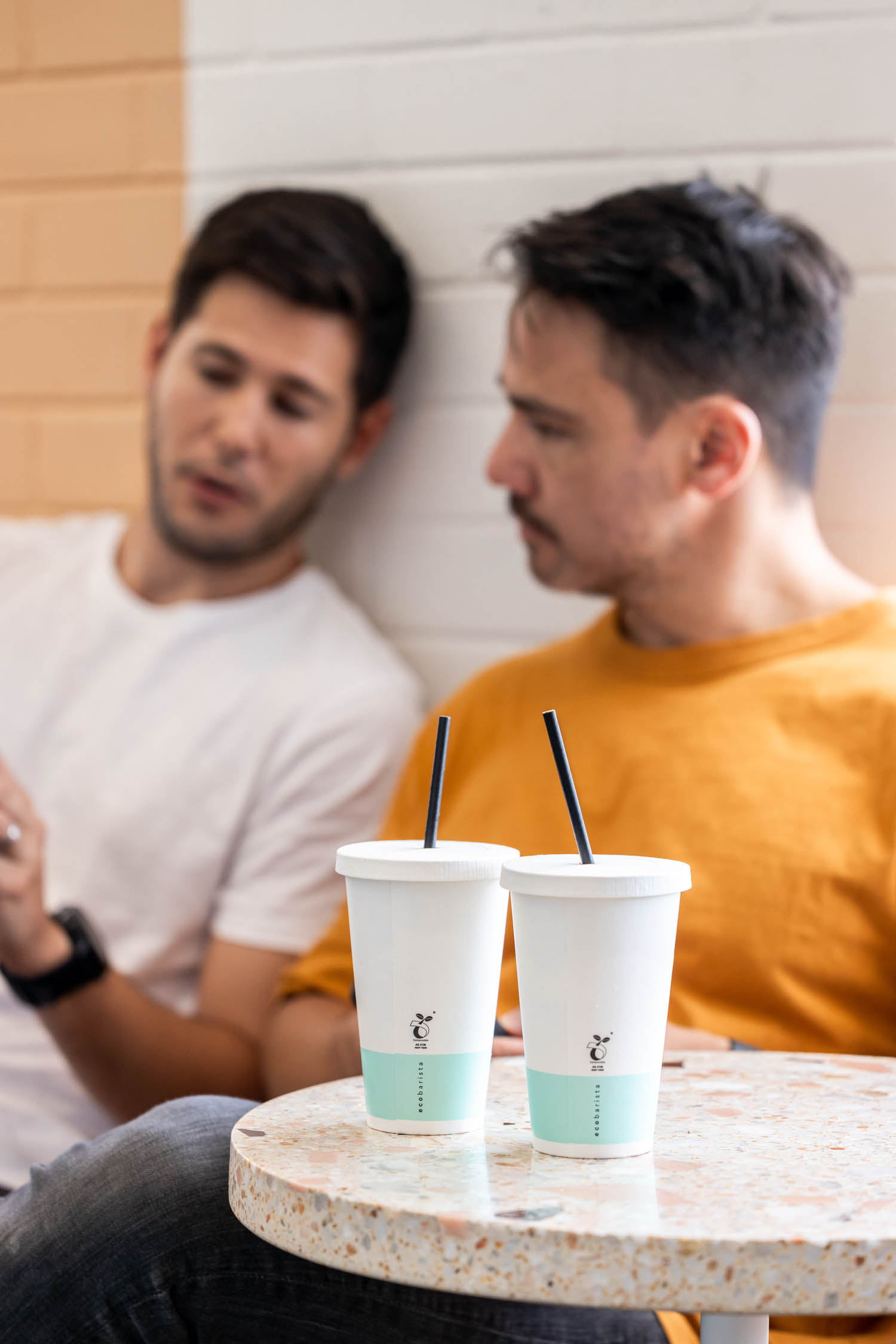
Graphic Design:
What factors influence the choice of designers, colours, typography, and imagery on your packaging?
While our job is to primarily print the designs on the bag or cup, we play a hands-on role in guiding our customers through the process of designing the right visual for their packaging. This starts with having a strong brand to begin with that can translate to packaging. We also offer a range of stock packaging that many of our customers brand in a DIY way through stickering or stamping, which is a great option for cafes and roasters just starting out. For all our custom print orders, we print using sustainable soy-based, compostable inks.
Consumer Engagement:
How does packaging design play a role in engaging consumers and promoting sustainable values?
Packaging design is essentially a walking advertisement for your brand and we’ve seen brands do really clever things in how they communicate their messaging in their designs, particularly when it comes to sustainability. For example, Artisti, a big coffee roaster in Australia, used their cup to communicate to their customers how to responsibly dispose of it after use.

Future Directions:
What future plans does ecobarista.com.au have to enhance its sustainability initiatives or expand its impact in the coffee sector?
We have some exciting things on the horizon. We’re working on a new recyclable, high barrier bag solution which we’re looking forward to announcing soon. A big part we want to focus on more is the way we support our customers not just from a packaging perspective, but with their overall sustainability roadmap. We want to help them make the best decisions for their business and ensure they’re being compliant with state regulations as well as working towards their own sustainability goals as a business. That includes packaging, but that’s just one part of it.


